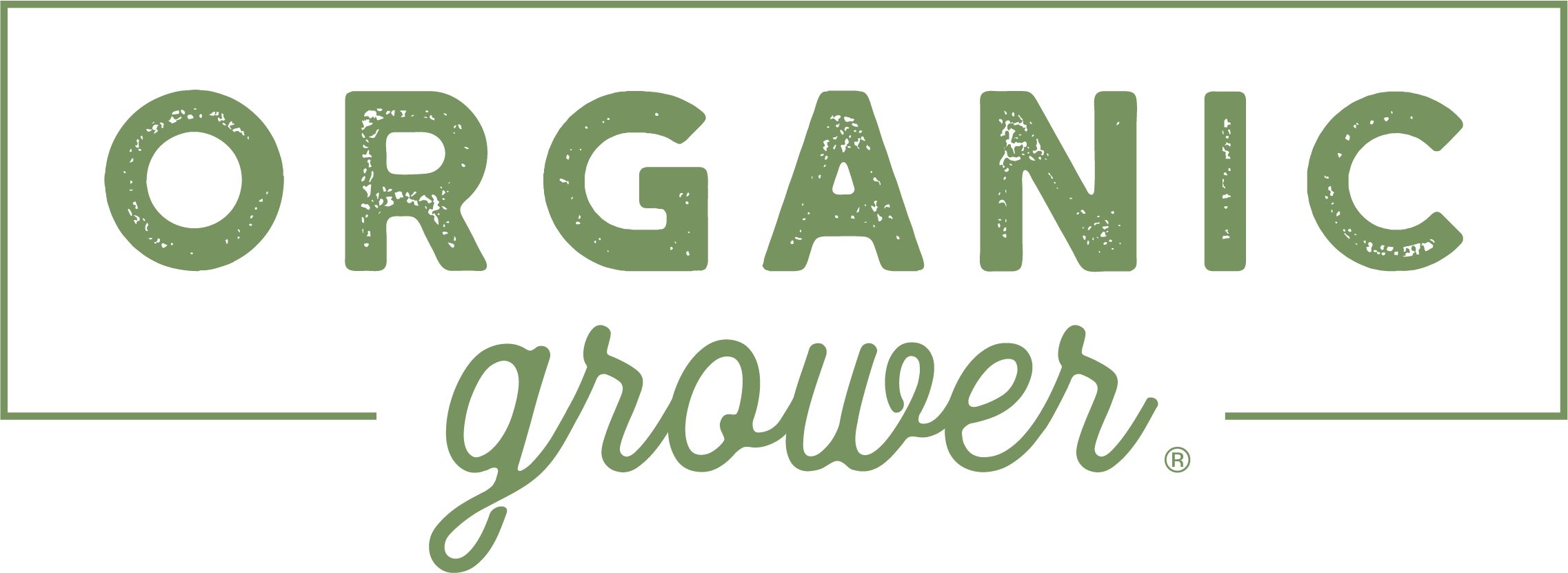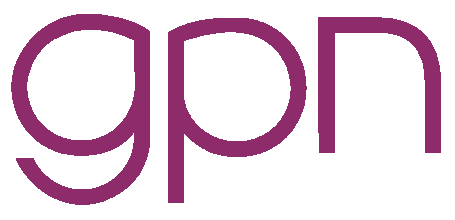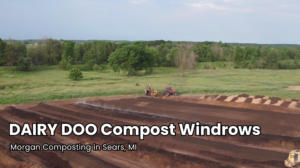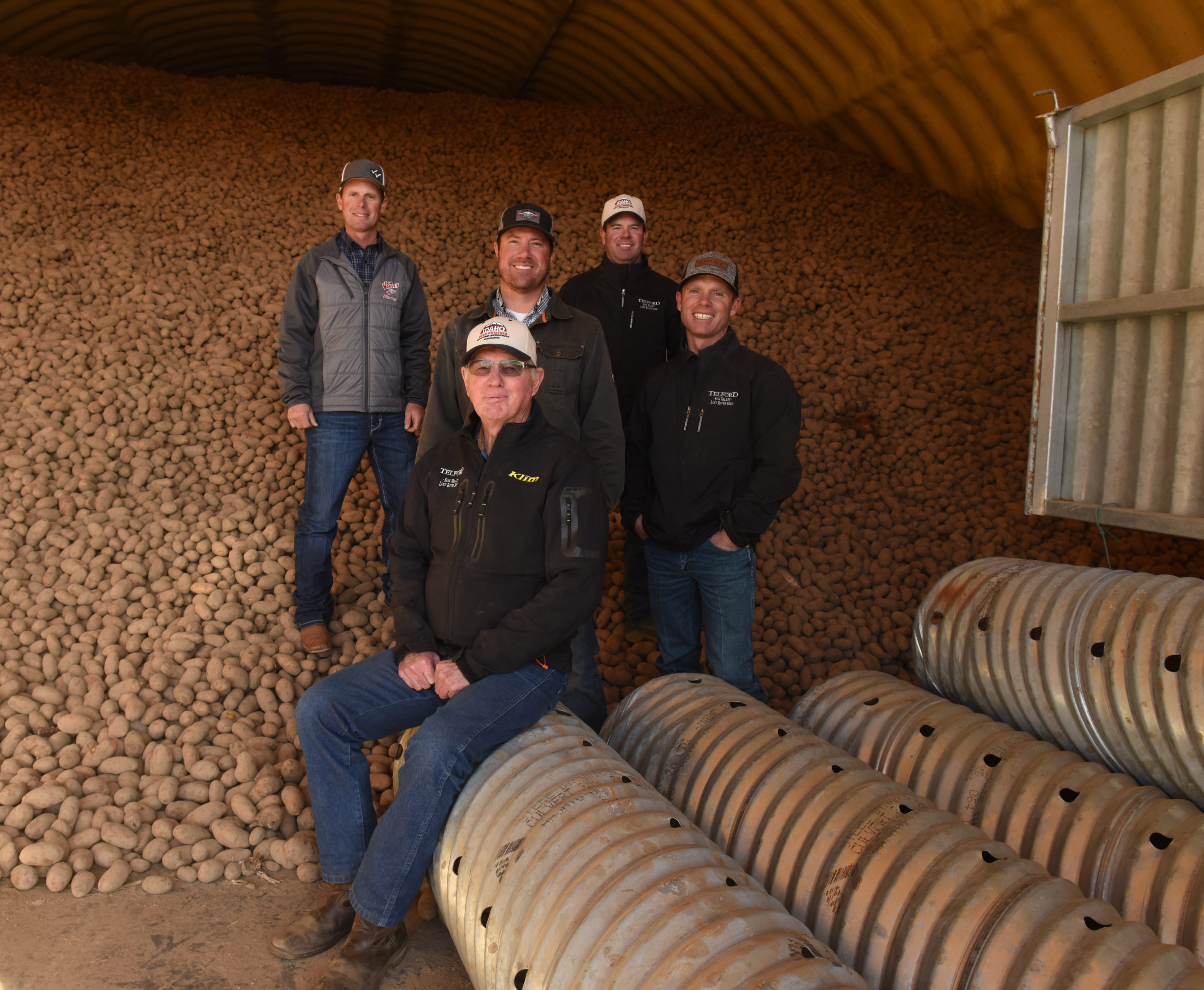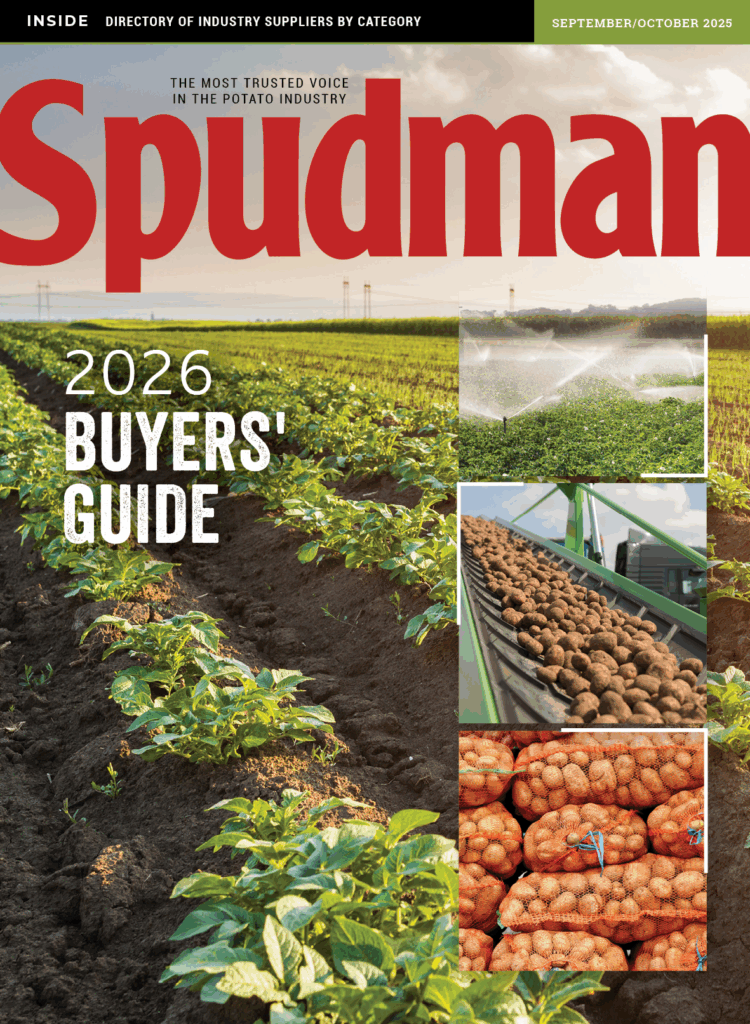
Revitalizing the root of soil health
Netafim, the precision agriculture arm of Israeli company Orbia Advance Corp., launched its Hybrid Dripline system featuring a built-in outlet in February. The technology brings together the benefits of integral and on-line dripper systems into a leak-free, clog-resistant and labor-saving solution for growers.
The Hybrid Dripline system simplifies irrigation operations with a pre-assembled outlet that eliminates some of growers’ most labor-intensive tasks.
“The Hybrid Dripline comes after years of development and represents an exciting leap forward in precision irrigation technology,” said Abed Masarwa, Orbia Netafim vice president of products. “This innovation saves farmers time, labor and resources while delivering superior irrigation results. By integrating two distinct systems into one seamless solution, we are proud to be redefining efficiency, reliability and performance for growers, helping them achieve optimal yields even with challenging water quality.”
Founded in 1965, Orbia’s precision ag business Netafim pioneered drip irrigation. The company’s precision irrigation methods help improve water and nitrogen use compared to other irrigation techniques, helping potato growers maximize productivity and sustainability. By delivering water and nutrients directly to the potato root zone, Netafim’s solutions promote healthier root development and reduce the risk of disease, leading to higher-quality, more marketable potatoes.

PRECISION SOLUTIONS
Potato growers face agronomic challenges ranging from ensuring uniform tuber size to managing soil health and disease pressure. Traditional irrigation methods can lead to uneven water distribution, increased disease risk and inefficient resource use.
Netafim offers various drip irrigation choices for potato growers, including:
- Streamline X, a high-performance, thin-wall dripline designed for seasonal crops, ensuring uniform irrigation and durability
- DripNet, a pressure-compensated dripline for challenging topographies, delivering precision irrigation with high clogging resistance
- FlexNet pipes, designed to answer farmers’ need for pipes that are easy to move, install and store
Initially launched within the company’s UniRam dripline range, Hybrid Dripline technology will be expanded across Orbia Netafim’s global Heavy Wall Driplines portfolio, the company said.
Gidi Zelichover, Netafim senior agronomist, said the company has worked with potato farmers in the U.S. and globally for decades to enhance yields and improve crop quality.
“Our solutions are tailored to function in diverse climates and soil conditions, making them suitable for fresh potatoes, processing varieties and seed production, to meet the unique needs and challenges of potato growers,” Zelichover said.
Across Europe, precision irrigation is becoming the standard.
“We support potato farmers in key markets such as Italy, Spain, the U.K., France and Germany, where drip irrigation is increasingly adopted for potato cultivation. The shift toward precision irrigation in Europe is driven by climate change, labor shortages and the growing demand for a stable, high-quality supply,” Zelichover said.
“In China and India, we have been at the forefront of large-scale drip irrigation for potatoes, primarily due to water scarcity and strong government support for agriculture. In the U.S., we are in the early stages of introducing drip irrigation for potatoes, working closely with growers to ensure successful implementation and long-term customer success.”
The potato industry is evolving, shaped by environmental challenges, demand for higher yields and the need for greater resource efficiency. Drip irrigation plays a big role in this transformation, enabling precise water and nutrient management.
“At Netafim, we collaborate with potato growers, food processing companies and industry stakeholders to provide knowledge, expertise and hands-on support,” Zelichover said. “Our goal is to support the potato industry to overcome today’s challenges while ensuring a more sustainable future.”
Netafim’s drip irrigation technology has been shown to increase yields by 10% to 30%, according to the company. The drip irrigation tubes are placed just above or directly within the plant’s root zone.
“The tubes contain emitters that precisely discharge water at a controlled flow rate. This technology enables the direct delivery of water and nutrients to the plant’s root zone, ensuring that potatoes receive exactly what they need, when they need it,” Zelichover said.
Compared to overhead irrigation — pivots and sprinklers — drip irrigation minimizes water loss from evaporation and runoff.
“Through fertigation, fertilizers are applied directly to the roots, allowing plants to absorb nutrients more effectively, reducing waste and preventing leaching into the soil,” Zelichover said. “This not only boosts productivity but also reduces environmental impact to create a more sustainable growing environment.”

INDIVIDUAL ADAPTATION
Another major advantage of drip irrigation for potatoes is disease management.
“Unlike overhead systems, it keeps the plant canopy dry, reducing humidity levels and lowering the risk of foliar diseases such as Phytophthora (late blight). By maintaining consistent soil moisture, it helps prevent skin diseases like scab, which impact potato quality and market value,” Zelichover said.
By operating at lower pressure than overhead systems, drip irrigation reduces energy consumption, which lowers operational costs and improves efficiency.
Zelichover said Netafim supports growers from system design and setup to implementation and monitoring.
“To ensure successful adoption, we consider the key phases of setting up drip irrigation for potatoes — first, understanding the grower’s needs, crop requirements and field conditions,” he said. “System design is crucial, engineering an irrigation system tailored to the farm’s specific layout and challenges.”
In sandy soils, frequent low-dose irrigation works best to maintain consistent moisture. In heavier soils, careful scheduling is required to avoid overwatering.
For drip layout configurations, depending on field conditions, growers can choose between a 1:1 setup (one lateral per ridge), recommended for arid climates, sandy soils and scab control; or a 1:2 setup (one lateral per two ridges), best suited for cooler climates.
Drip systems can be installed on the surface for easy retrieval or subsurface for long-term use, which enables growers to adapt irrigation systems to their crop rotation cycles and management needs.
“Movable systems offer greater flexibility. The head controller, which serves as the backbone of the setup, can be either fixed or mobile,” Zelichover said.



